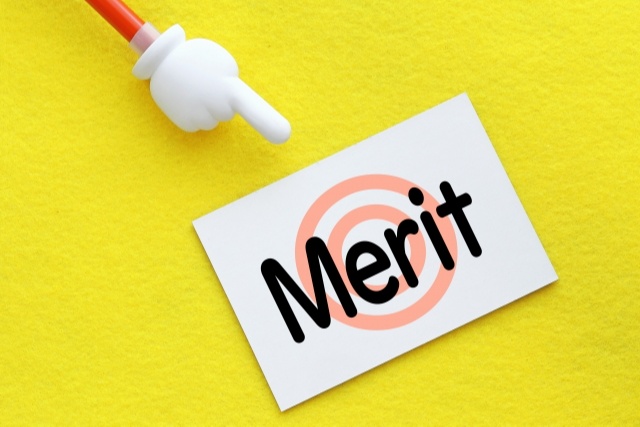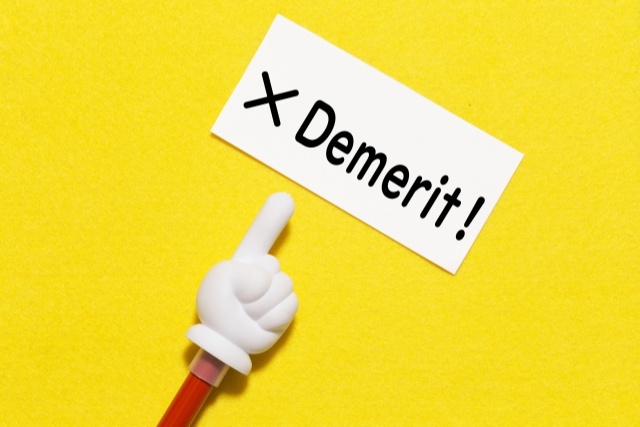Before introducing a 3D food printer for commercial use, some may want to know the pros and cons. Here, we’ll introduce the key advantages and disadvantages of 3D food printers that you should be aware of before requesting a prototype from a supplier. Please use this as a reference.
What are the advantages of using a 3D food printer for commercial use?

Are you considering introducing a 3D food printer? There are five key advantages of using a 3D food printer for commercial use.
Foods with complex designs can be manufactured
By introducing a 3D food printer, you can produce foods with complex designs. Intricate and delicate designs that are difficult to replicate by hand can easily be manufactured by registering the blueprint as a recipe data.
Reproducibility can be enhanced
When producing food by hand, even with the same recipe, there can often be slight differences in size, texture, and overall results. However, with a 3D food printer, using the same materials and recipe ensures that anyone can consistently reproduce the recipe exactly as intended.
Individualized and adjusted meals can be produced
In care facilities and hospitals, it is essential to provide meals tailored to each individual's needs. While this can be time-consuming when done by hand, using a 3D food printer makes it easy to produce customized meals. By simply preparing ingredients with adjusted nutritional balance and calories, you can effortlessly create the optimal meal for each person.
Can solve manpower shortage
As Japan faces an aging population and declining birth rates, labor shortages have become a serious issue across all industries, including foodservice and manufacturing. By introducing a 3D food printer, you can alleviate this shortage, as it can produce food according to recipes on behalf of chefs and mass-produce complex designs, helping to address the labor gap.
Reduced manufacturing costs
By introducing a 3D food printer, you can not only develop and manufacture a wide variety of food designs but also produce large quantities, leading to reduced development and manufacturing costs. Additionally, since the machine eliminates human error in the production process, it helps significantly reduce food waste.
What are the disadvantages of using a 3D food printer for commercial use?

While there are many advantages to using a 3D food printer for commercial use, there are also some drawbacks. To effectively utilize the 3D food printer, it’s important to be aware of these disadvantages as well.
Requires knowledge and experience to use
Similar to 3D printers, using a 3D food printer effectively requires a certain level of knowledge and experience. Additionally, after installation, maintenance is necessary, so knowledge and skills for upkeep are also required.
Limited materials
Currently, the materials that can be used with a 3D food printer are limited to paste-like or semi-liquid forms. When manufacturing food with a 3D food printer, it is not possible to use ingredients in their original form, so preparations such as turning meat or vegetables into a paste are required.
Cannot cook
Most of the 3D food printers currently available for sale cannot cook the food. Therefore, foods produced by 3D food printers need to be baked or boiled separately, adding extra steps to the cooking process. Manufacturers are conducting research and development to enable automatic cooking throughout the entire process, from production to meal serving.
Be costly
The 3D food printer, which is still not widely used, has a high cost due to the price of the printer itself and its accessories. However, as 3D food printers become more widely adopted in the future, more manufacturers are likely to enter the market, leading to price competition and a reduction in the cost of the printers.
The 3D food printer we introduced is still not easy to implement on a large scale. Therefore, why not start by integrating Mastermind's food printer technology into your own products? Mastermind handles development, manufacturing, sales, and maintenance, ensuring that you can use the printer with peace of mind after installation.
If you need a prototype food printer, contact Mastermind!
If you're considering introducing a 3D food printer or other food printers, contact Mastermind. You can consult us about the printer's performance and prototyping. By introducing a food printer, you can develop and create original products. Mastermind offers a range of 3D food printers with varying performance levels, so you're sure to find the ideal product for your needs.
If you have any questions or concerns about food printers, please feel free to contact us by phone or through our inquiry form.



